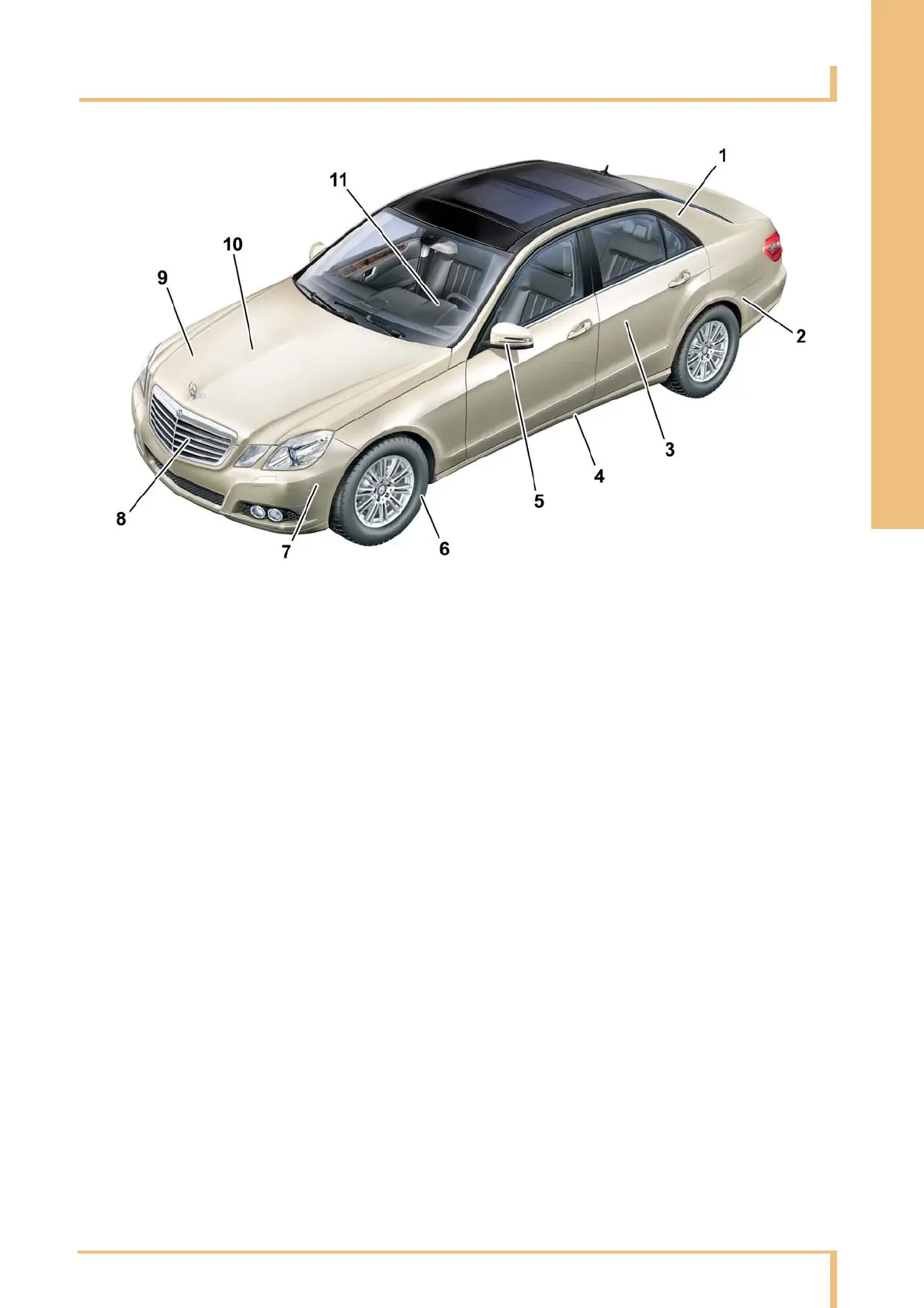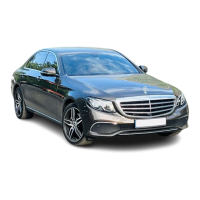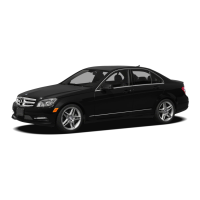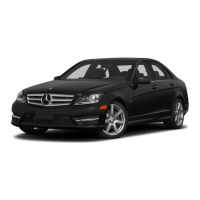BlueEFFICIENCY
Overview
11b
Introduction of the New E-Class, Model Series 212 Sedan
1Weight reduction
Thanks to the lightweight construction with a mixture
of high-strength and ultra high-strength materials in
the bodyshell and the use of aluminum add-on parts, it
has been possible to reduce the weight of the vehicle
considerably and thus achieve further fuel savings.
2 Fuel pump
By regulating the fuel pump it is possible to drastically
reduce its electrical power consumption. The power
requirements of the fuel pump depend on the amount
of fuel currently required. Reducing the electrical
output also reduces fuel consumption.
3Rear axle
Lengthened rear axle ratios leading to a reduction in
fuel consumption.
4 Underfloor paneling
Installation of full-length, smooth-surfaced underfloor
paneling to reduce fuel consumption.
5 Outside mirror housing
Aerodynamically shaped outside mirror housings
leading to a reduction in fuel consumption.
6Tires
The use of silicates in the tires means that the tire
temperature quickly increases in critical situations to
improve the grip to the level of a standard tire. At the
same time, all the properties relevant to usage are
preserved and the rolling resistance coefficient is
increased, which improves fuel economy.
P00.10-3801-00
BlueEFFICIENCY measures
– This printout will not be recorded by the update service. Status: 01 / 2009 –

